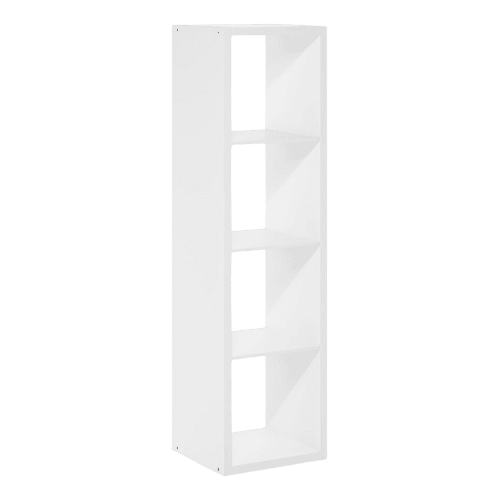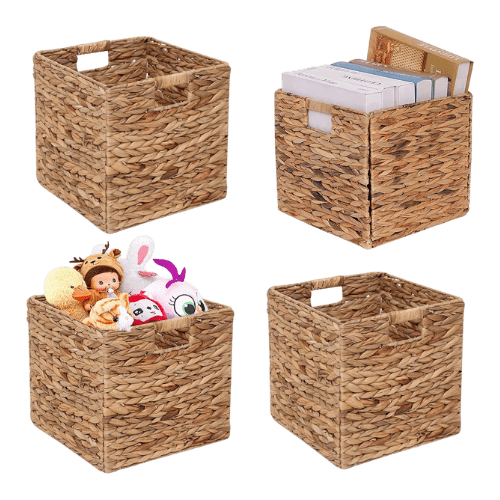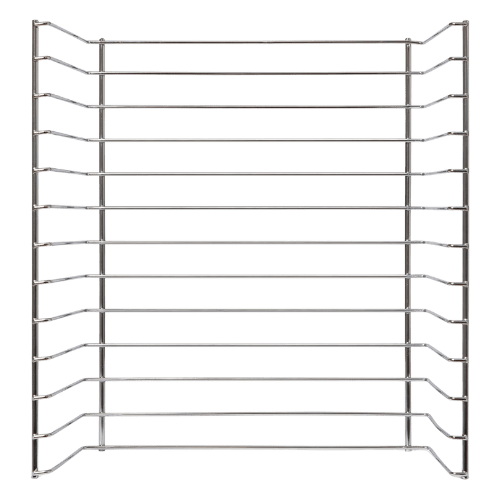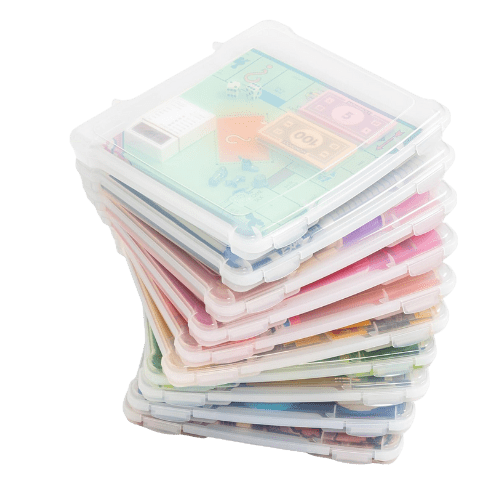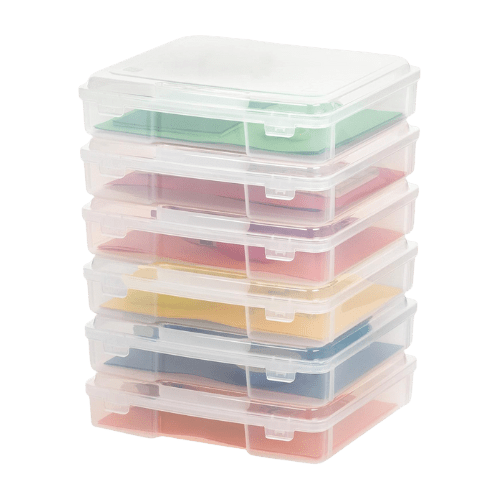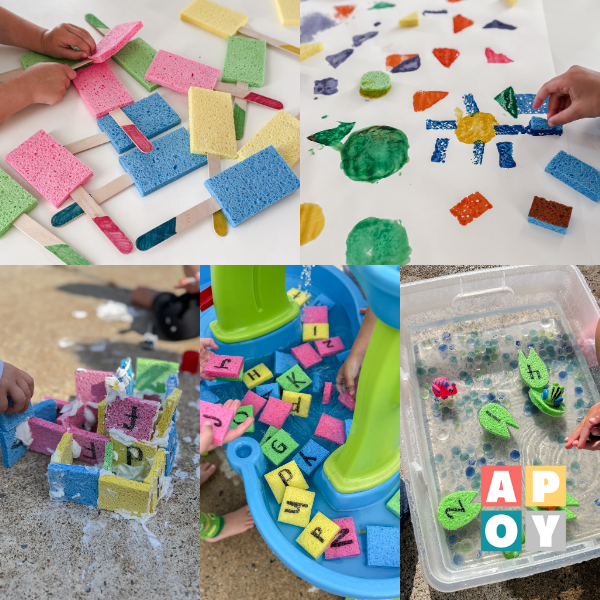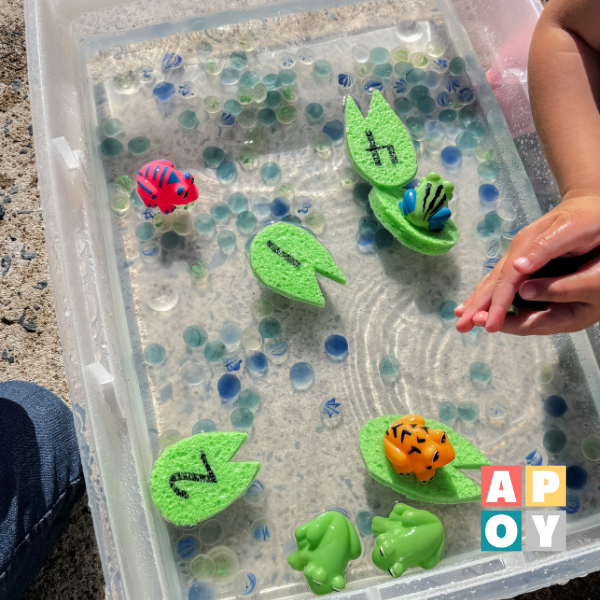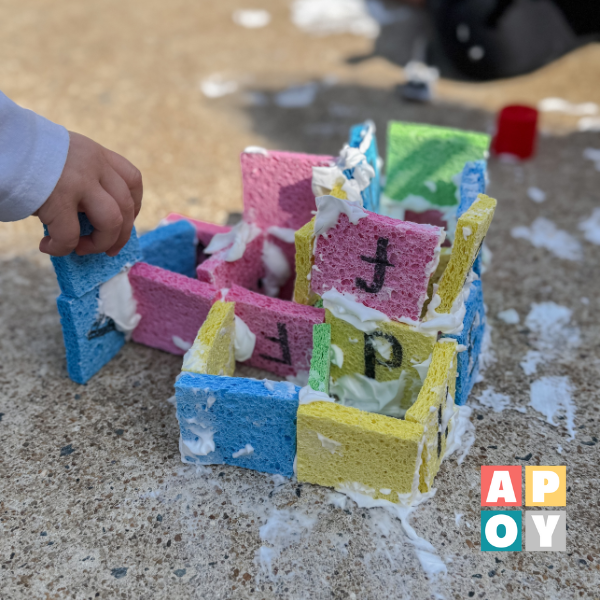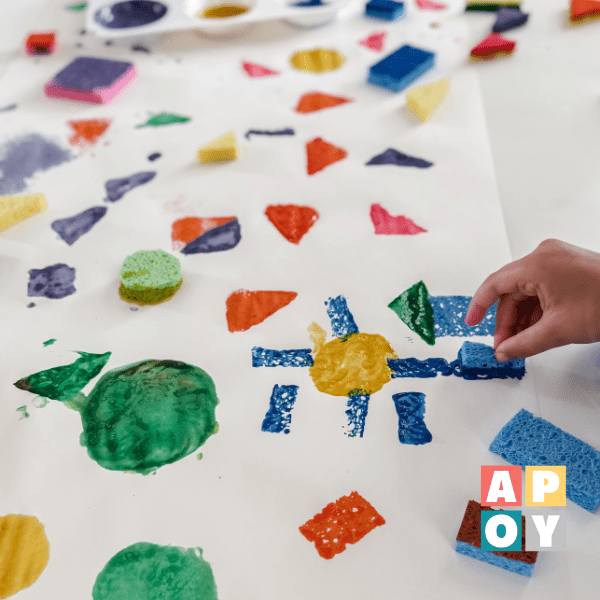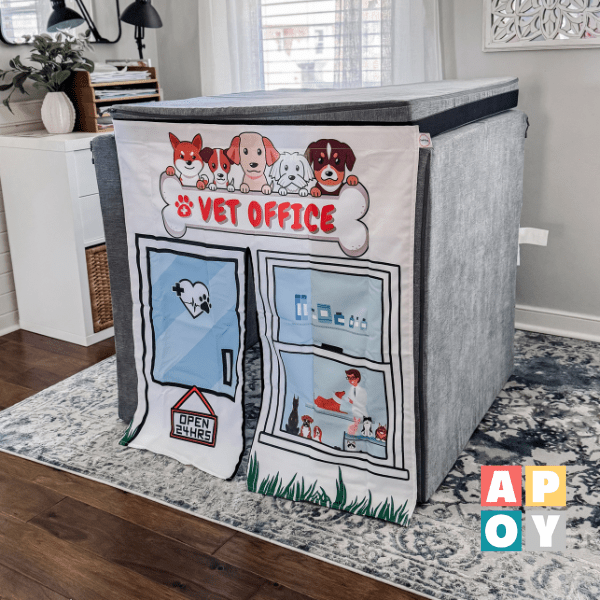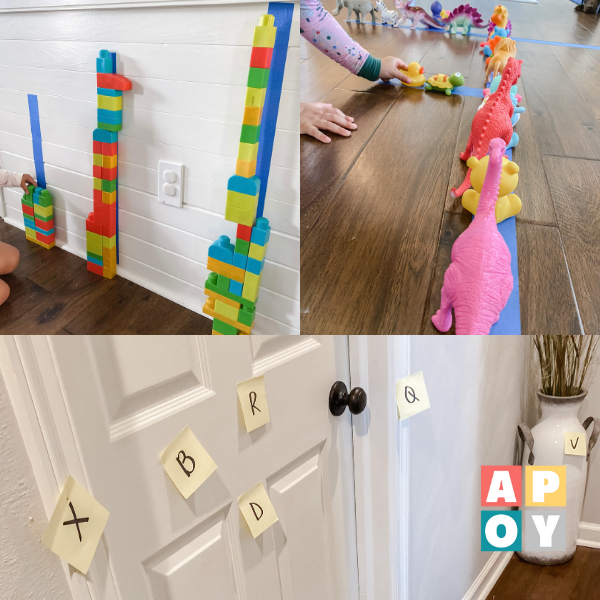Big Kid Playroom Makeover: Storage Solutions for a Calm and Creative Space
Create a calm, clutter-free space with these big kid playroom organization and storage solutions. Perfect for toddlers and young kids, this guide covers simple tips and must-have products to promote independence and easy cleanup.
This blog post may contain affiliate links. When you make a purchase through these links, I may earn a small commission, at no additional cost to you. I only recommend products that I genuinely believe can benefit you and your family! Your support helps maintain and improve all things A Pop of You. Thanks so much!
From Baby Toys to Big Kid Joy
Welcome to the land of blocks, dolls, tiny shoes, and even tinier puzzle pieces. If you’re anything like me, your once baby-friendly play space has morphed into a chaotic tornado of mismatched toys and “I swear I just picked this up” moments. Today, we’re diving into big kid playroom organization and storage solutions that actually work—so you can stop stepping on Legos and start sipping your coffee while your kids play independently (for at least six minutes).
Why Transition Your Playroom Now?
Babies become toddlers. Toddlers become big kids. And suddenly that sensory table and soft baby blocks aren’t cutting it anymore. Big kids play differently—they build, imagine, create, and get really into collecting small things with a thousand pieces. So we adjusted our space to match, making sure it stayed calm, functional, and just the right amount of fun.
Goals of a Big Kid Playroom
- Keep the space easy to clean up.
- Make it obvious where things go.
- Encourage independent, creative play.
- Reduce toy overwhelm (for you and them).
Our Playroom Transformation: Step-by-Step
1. Declutter Like You Mean It
Before any Pinterest-worthy organizing happens, you’ve got to declutter. Go through every toy. If it’s broken, missing pieces, or hasn’t been touched in months, out it goes. You’re not being mean—you’re making room for better play.
2. Sort by Play Type
Think: pretend play, building toys, art supplies, puzzles, board games, and books. This step helps you figure out how much storage you really need—and which items can be stored together.
3. Pick the Right Storage Systems
Here’s what we’re using and loving:
- Cube Organizers: Simple, sturdy, and visually clean. We use cube organizers as the base of our storage. They hold everything from dolls to wooden train sets and make it easy for kids to help clean up.
- Cube Wicker Storage Baskets: These are your best friend if you want to hide the chaos and still keep everything accessible. Each cube holds a different toy category—cars, animals, blocks, etc. And they look nice too.
- IRIS Board Game Storage Containers: These have changed the game (literally) for our big kid board games. No more torn cardboard boxes. These stack well, are easy for kids to open, and keep every piece contained.
- Melissa and Doug Puzzle Rack: If you’ve got more puzzles than floor space, this rack is a dream. It holds them vertically so kids can see what’s available and actually put them back.
4. Label Everything
Even if your kids can’t read yet, use picture labels. You can print photos of the actual toys and tape them on the bins, which cuts down on the “Where does this go?” questions and helps kids take ownership.
5. Rotate Toys (Seriously, It Works)
Instead of having every toy out all the time, store a portion away and rotate monthly. This keeps the playroom feeling fresh without needing to buy more stuff. It also minimizes clutter and decision fatigue.
6. Add Zones for Play
Create clear zones for different types of play:
- Art Zone: Small table, crayons, paper, and mess-friendly floors.
- Building Zone: A rug and a bin of blocks.
- Reading Nook: A bean bag and book basket.
- Pretend Play Area: Dress-up clothes, dolls, play kitchen.
Kids know what happens in each area, and clean-up is easier because everything has a home.
Common Questions About Big Kid Playroom Organization
Q. What do I do with all the little toys?
A. Those tiny doll clothes and LEGO accessories? Small plastic craft boxes or drawer dividers inside the cube bins work wonders. Label everything and revisit once a month to toss the mystery pieces you’ve given up identifying.
Q. How can I encourage my kids to clean up?
A. Make cleanup part of the play (clean-up races are oddly effective), keep the system simple—one bin per toy type, and let them help label or decide where things go.
Q. How often should I reorganize?
A. We reassess every 3–4 months or after a birthday or holiday influx. But honestly? Once you have a solid system, it mostly maintains itself.
Let’s Wrap This Up
Big kid playroom organization and storage solutions don’t have to be complicated or expensive. With a little intention, the right containers, and a system your kids can understand, you can create a calm, clutter-free playroom that encourages creativity and independence. And maybe—just maybe—you’ll stop stepping on sharp plastic things as often.
So, ready to start? Just start with one cube. One basket. One board game. It doesn’t have to be a weekend overhaul. But little by little, your playroom can become a place you all love being in—without the chaos!


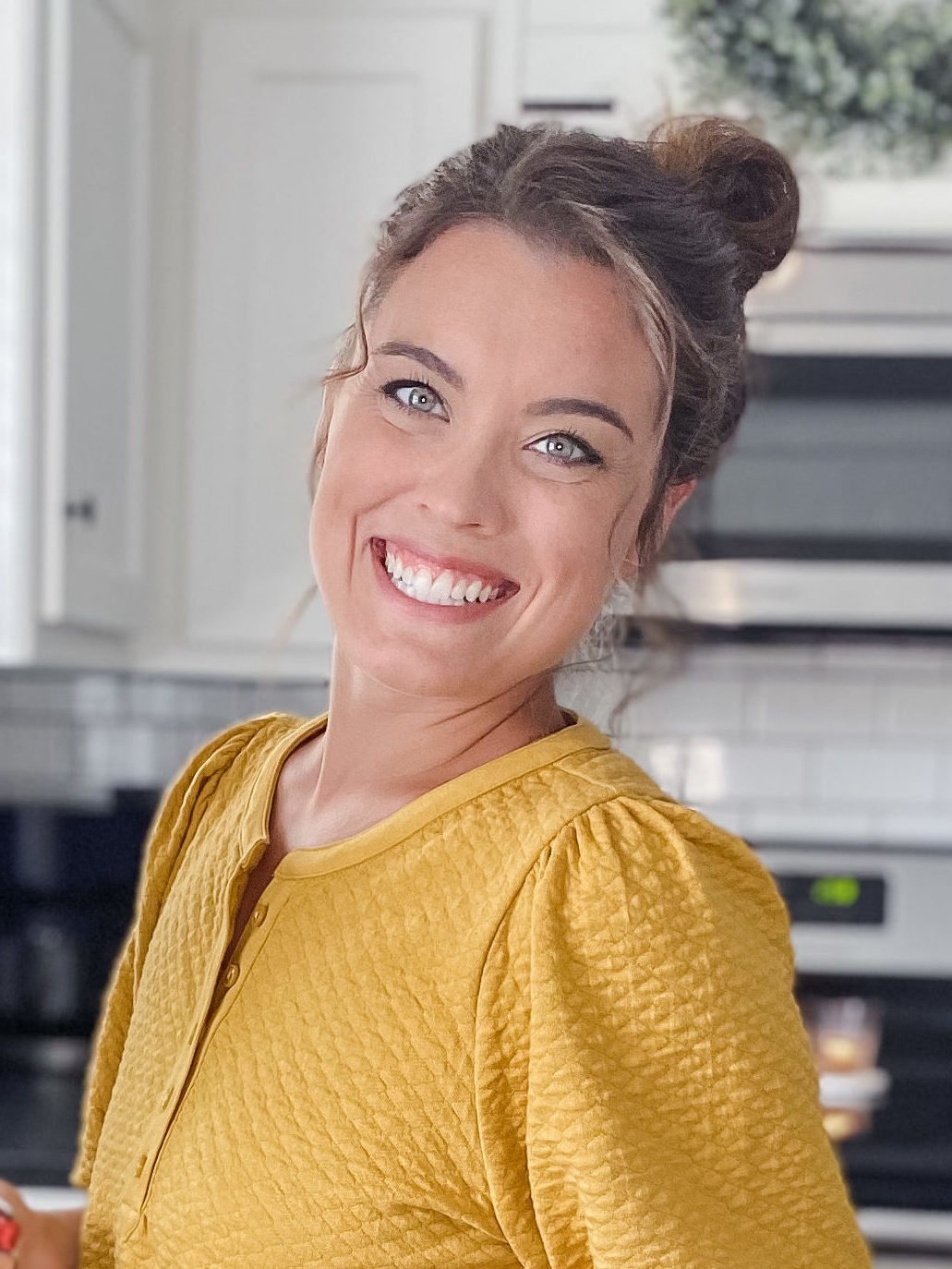
Hey, I’m Katelyn, the “Achievably Extra” Mom! Join me for creative family fun and practical tips! Let’s inspire each other!





